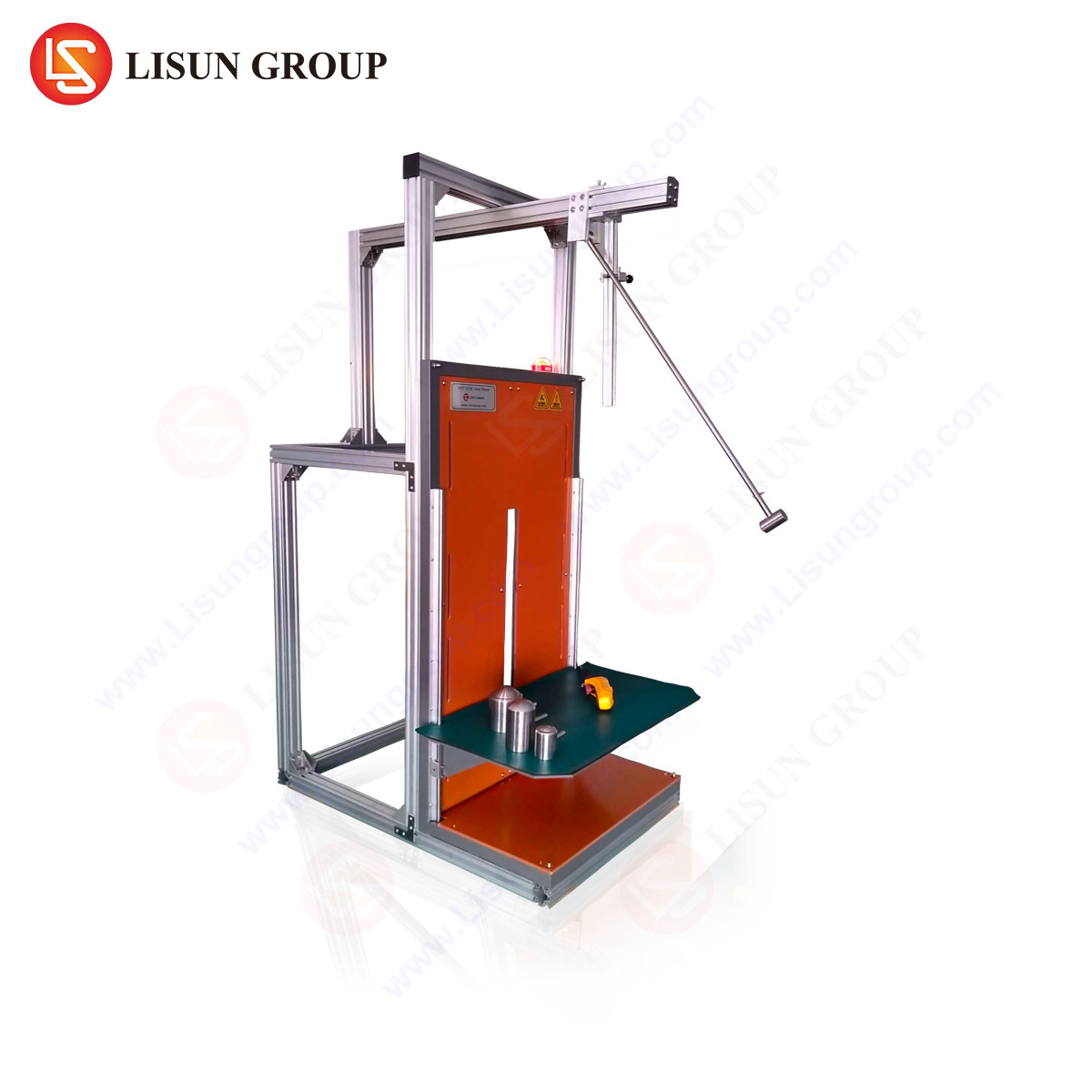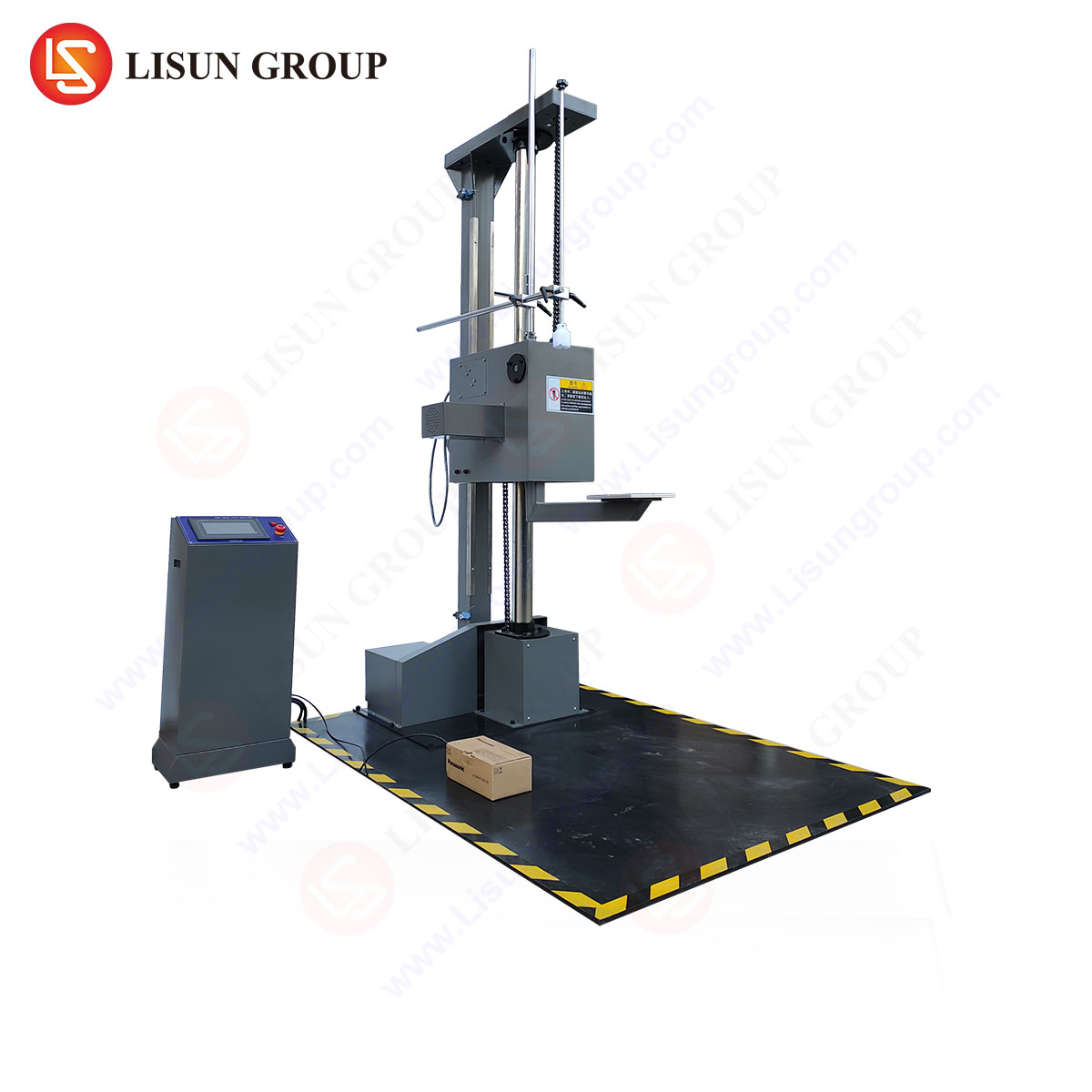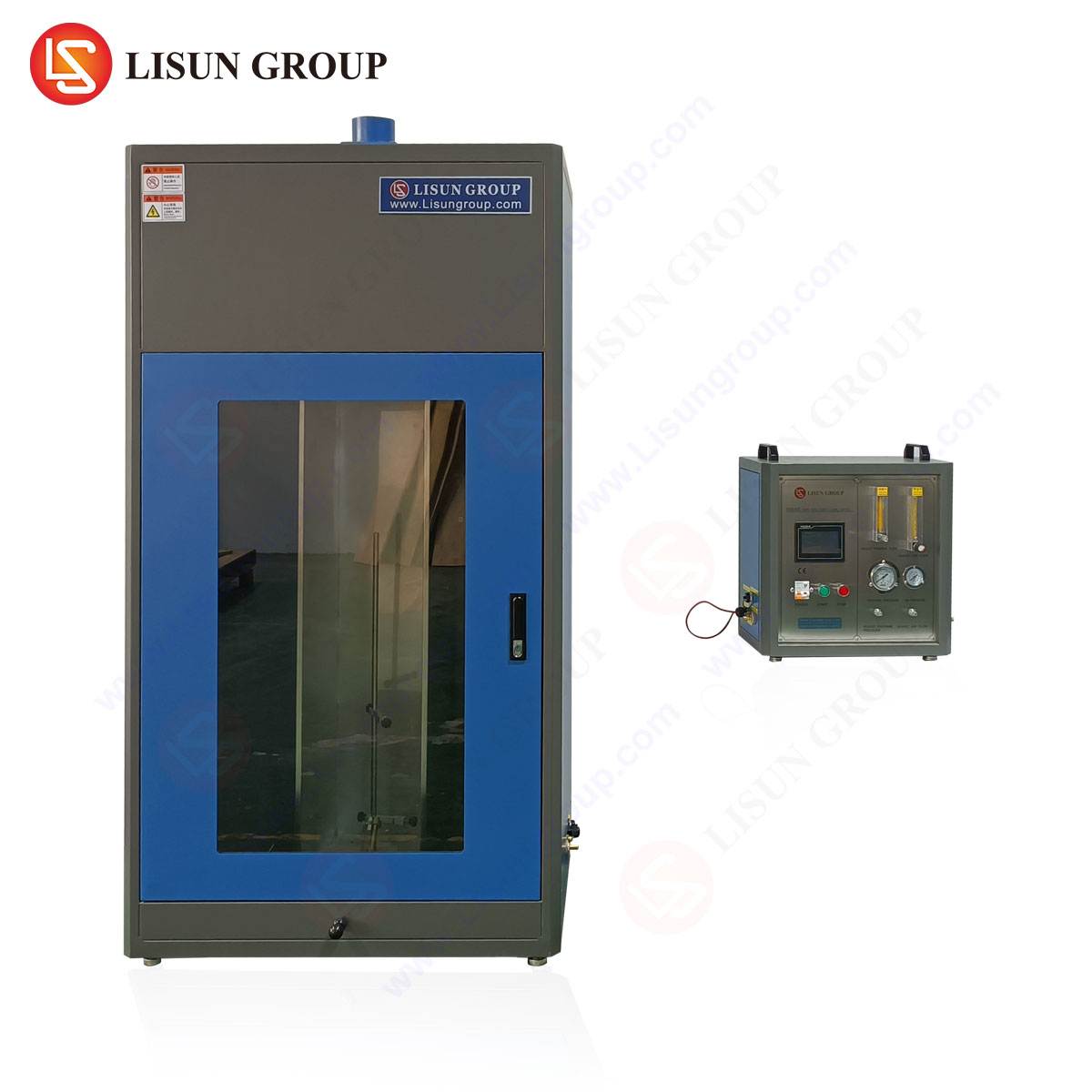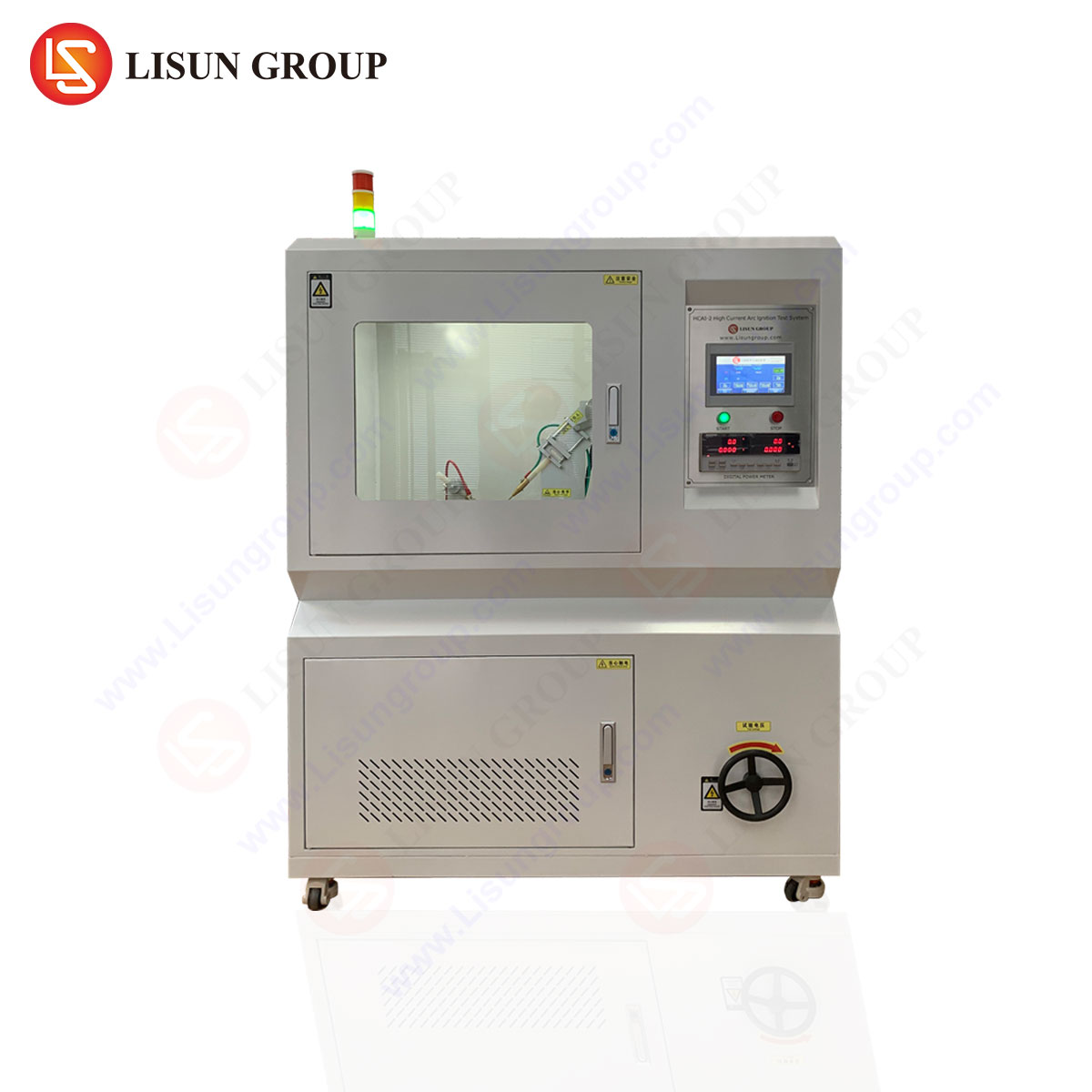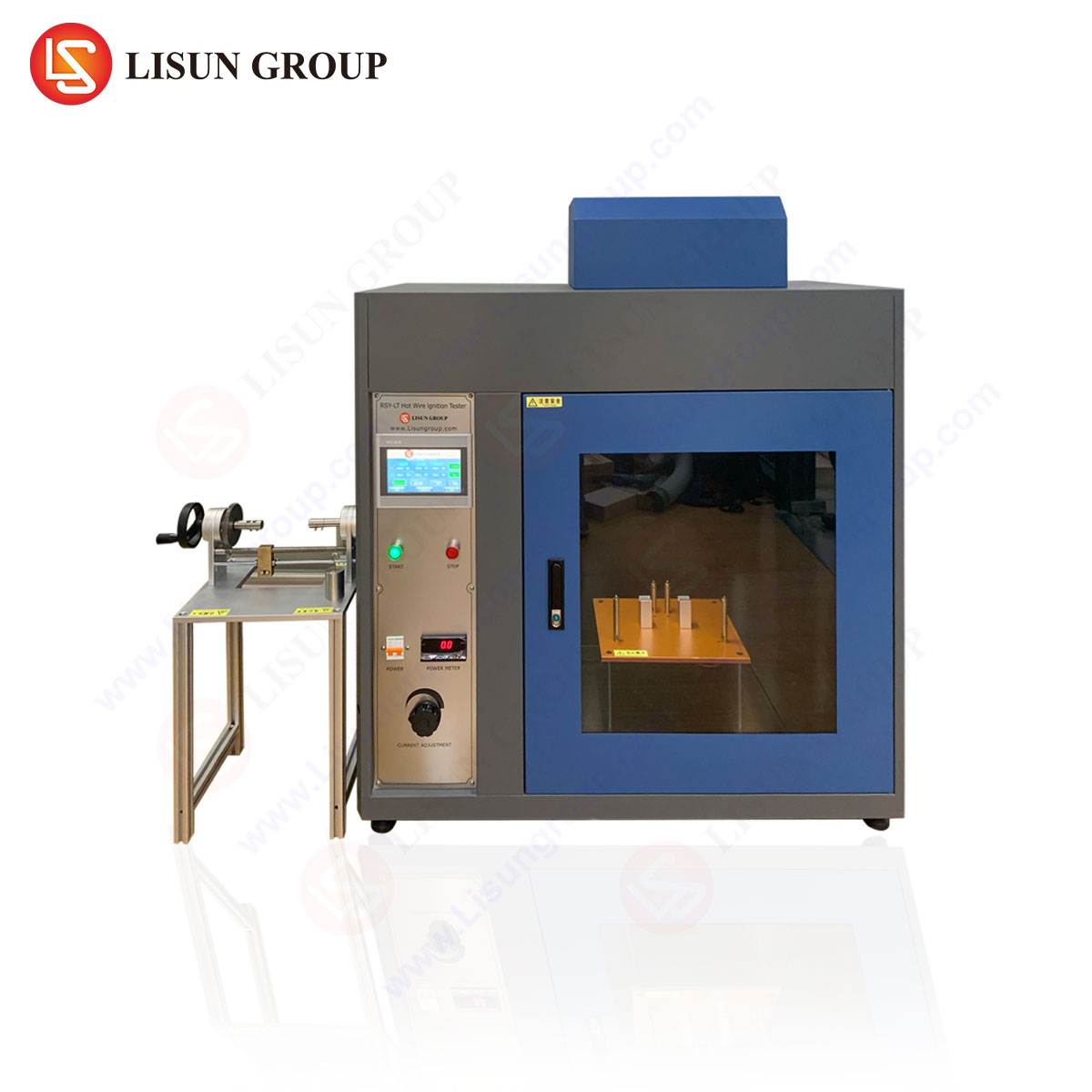Introduction to Sulfur Dioxide and Its Industrial Impact
Sulfur dioxide (SO₂) is a colorless, toxic gas produced by the combustion of sulfur-containing fuels, industrial processes, and volcanic activity. Its presence in the atmosphere poses significant risks to materials, particularly in industries where corrosion resistance is critical. When SO₂ dissolves in moisture, it forms sulfurous acid (H₂SO₃), accelerating the degradation of metals, coatings, and electronic components. Understanding its corrosive mechanisms is essential for industries such as automotive electronics, aerospace, and telecommunications, where material failure can lead to catastrophic operational disruptions.
Chemical Mechanisms of SO₂-Induced Corrosion
The corrosive action of SO₂ is primarily electrochemical. In humid environments, SO₂ reacts with water vapor to form acidic solutions that initiate and propagate corrosion. The process involves several key reactions:
-
Formation of Sulfurous Acid:
[ text{SO}_2 + text{H}_2text{O} rightarrow text{H}_2text{SO}_3 ]
This weak acid lowers the pH on metal surfaces, facilitating oxidation. -
Accelerated Oxidation of Metals:
[ text{Fe} + text{H}_2text{SO}_3 + text{O}_2 rightarrow text{FeSO}_4 + text{H}_2text{O}} ]
Ferrous sulfate (FeSO₄) further reacts, leading to pitting and structural weakening. -
Degradation of Protective Coatings:
Polymer-based coatings and conformal layers in electronics experience hydrolysis and loss of adhesion under prolonged SO₂ exposure.
Industries reliant on copper, silver, and aluminum components—such as electrical connectors and printed circuit boards (PCBs)—are particularly vulnerable.
Industry-Specific Vulnerabilities to SO₂ Corrosion
Équipements électriques et électroniques
SO₂-induced corrosion in PCBs and semiconductor packaging leads to increased resistivity, short circuits, and premature device failure. Gold-plated contacts, though resistant to oxidation, suffer from micro-cracking when exposed to sulfurous compounds.
Électronique automobile
Modern vehicles integrate sensitive control modules (ECUs) and sensor arrays. SO₂ infiltration in engine compartments or exhaust systems accelerates the breakdown of wiring harnesses and solder joints.
Composants pour l'aérospatiale et l'aviation
Aircraft operating in high-pollution regions experience accelerated galvanic corrosion in aluminum alloys and composite materials due to SO₂-laden condensation.
Équipements de télécommunications
Outdoor enclosures housing 5G infrastructure are susceptible to SO₂-induced degradation of RF shielding and grounding systems.
Testing and Mitigation Strategies
Accelerated Corrosion Testing with the LISUN Chambre d'essai au dioxyde de soufre SQ-010
To evaluate material resistance, standardized testing under controlled SO₂ conditions is imperative. The LISUN SQ-010 Sulfur Dioxide Test Chamber simulates harsh environments to assess corrosion rates, coating durability, and component reliability.
Key Specifications:
- Concentration Range: Adjustable SO₂ levels (0.1–1000 ppm)
- Temperature Control: 20°C to 50°C (±1°C accuracy)
- Humidity Range: 30% to 95% RH (±2% stability)
- Normes de conformité : IEC 60068-2-42, ISO 9227, ASTM G87
Testing Methodology:
- Sample Exposure: Components are placed in the chamber and subjected to cyclic SO₂/humidity conditions.
- Post-Test Analysis: Mass loss measurements, surface microscopy, and electrochemical impedance spectroscopy (EIS) quantify degradation.
Competitive Advantages:
- Precision Gas Injection: Ensures uniform distribution of SO₂.
- Construction résistante à la corrosion : PTFE-lined interior prevents chamber degradation.
- Automated Data Logging: Real-time monitoring of test parameters.
Case Study: SO₂ Corrosion in Automotive Connectors
A major automotive supplier tested zinc-nickel coated terminals in the SQ-010 chamber (25 ppm SO₂, 75% RH, 40°C). After 96 hours:
- Uncoated Samples: 12% mass loss, severe pitting.
- Coated Samples: <2% mass loss, minimal surface alteration.
This validated the need for advanced coatings in exhaust gas recirculation (EGR) systems.
Regulatory and Material Standards
Compliance with international standards ensures product longevity:
- IEC 60721-3-3: Classifies SO₂-laden environments for electronics.
- ASTM B845: Standard for mixed flowing gas (MFG) testing.
- ISO 11844-1: Corrosion monitoring in indoor atmospheres.
Section FAQ
Q1: How does the SQ-010 chamber simulate real-world SO₂ exposure?
The chamber replicates industrial or urban atmospheres by precisely controlling SO₂ concentration, temperature, and humidity, enabling accelerated life testing.
Q2: What industries benefit most from SO₂ corrosion testing?
Automotive, aerospace, telecommunications, and medical device manufacturers rely on testing to prevent field failures in harsh environments.
Q3: Can the SQ-010 test other corrosive gases?
While optimized for SO₂, it can be configured for mixed-gas testing (e.g., NO₂, Cl₂) per ASTM B845.
Q4: What sample sizes does the chamber accommodate?
The 300L internal volume supports testing of full-sized modules, wiring harnesses, or multiple small components simultaneously.
Q5: How does SO₂ corrosion differ from salt spray testing?
SO₂ testing evaluates acid-driven degradation, whereas salt spray (ASTM B117) assesses chloride-induced corrosion. Many standards mandate both for comprehensive validation.
By integrating rigorous SO₂ corrosion testing, industries can enhance material selection, design robustness, and compliance with environmental regulations. The LISUN SQ-010 provides a critical tool for these evaluations, ensuring reliability across diverse applications.


